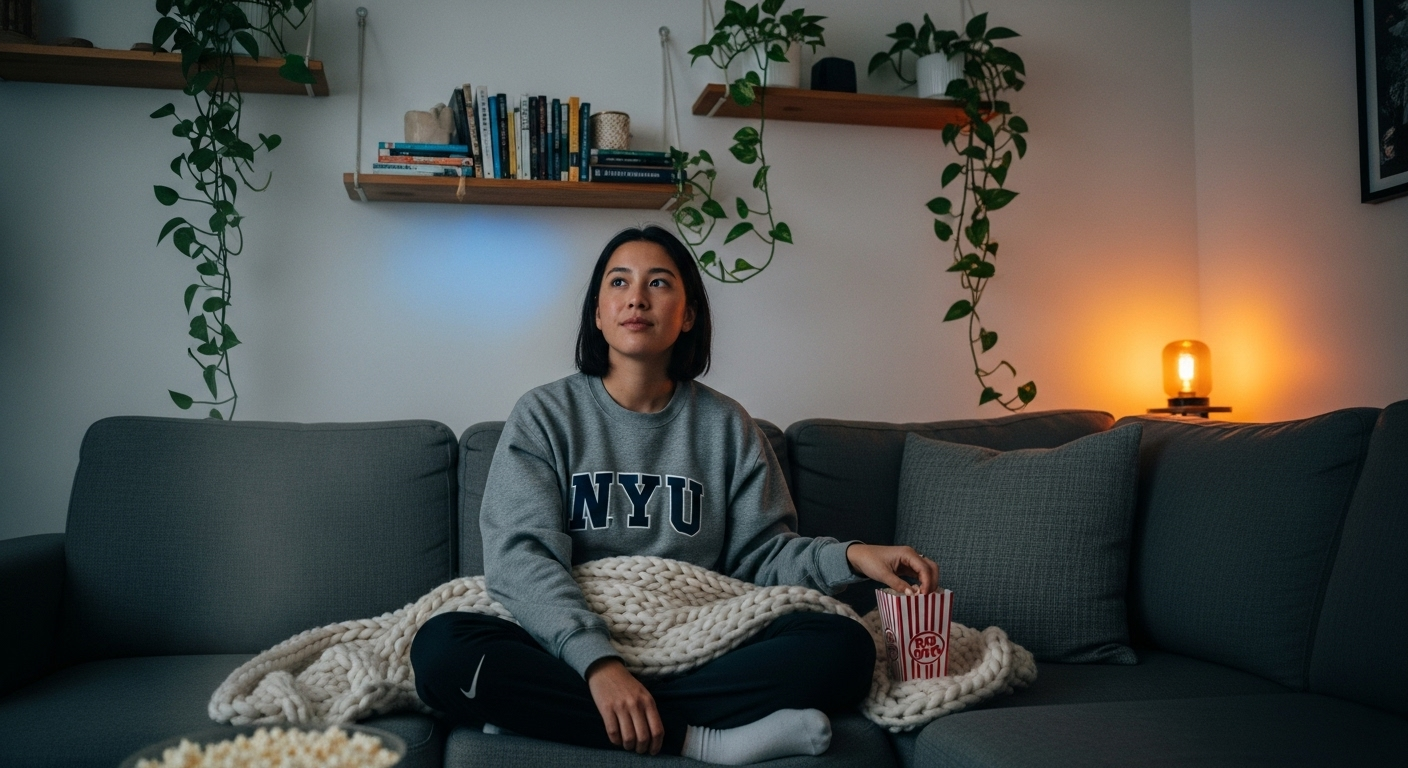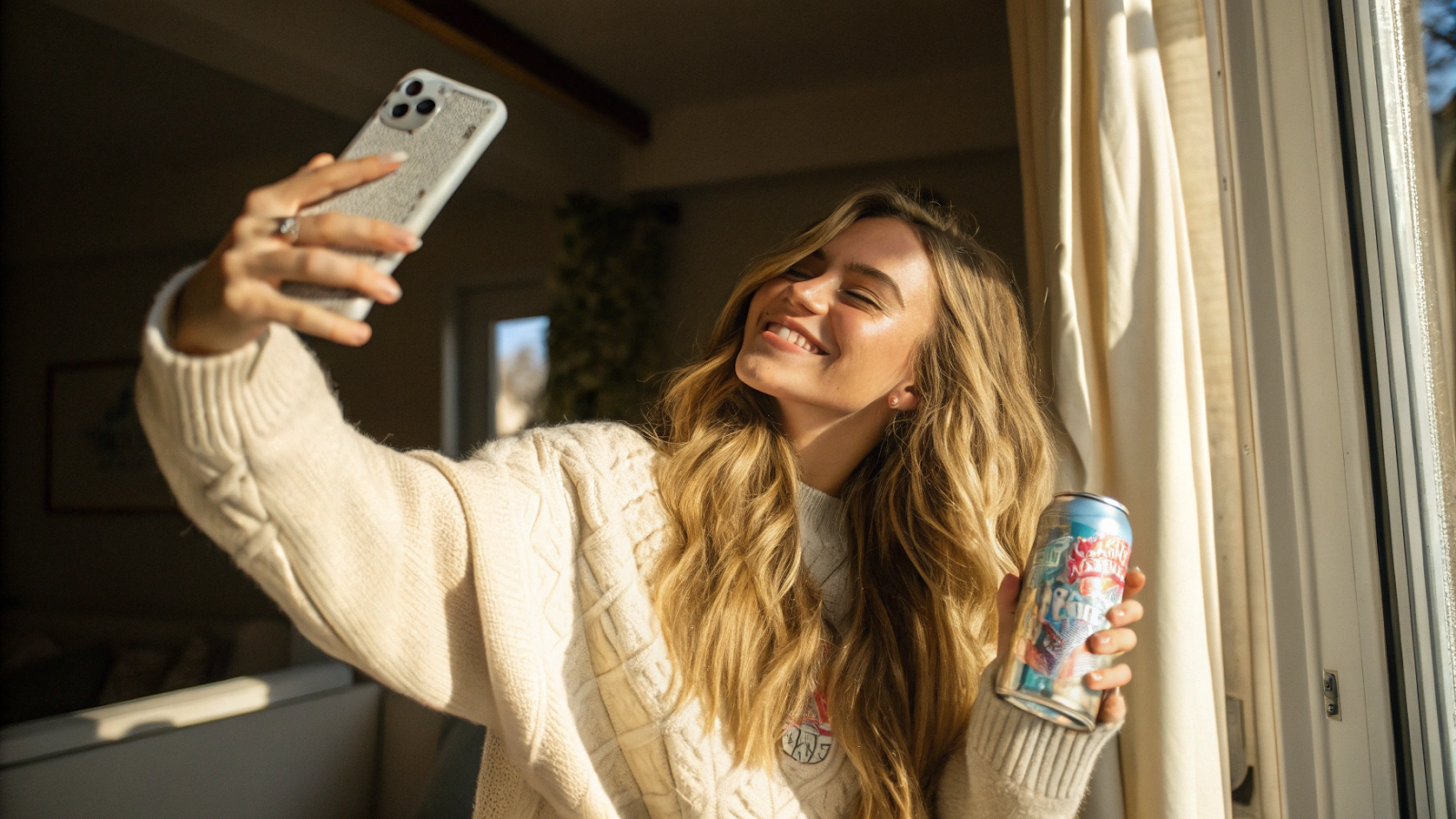Despite more people using the internet, creating brand awareness online is more difficult today than it was five years ago. There are two major reasons why.First, the cyberspace is awash with brands trying to pitch their products and services to consumers. That leads us to our second point; which is that over 600million netizens use adblockers on both desktops and mobile.Unfortunately, even the most well-crafted online ads and the most finely targeted ad campaigns may not yield ROI. That is where influencer marketing comes in.Influencer marketing is a smart move for creating brand awareness; which is top on the user-acquisition funnel. Whether you are a brand new business, a brick-and-mortar business seeking to go online, or an established business with expansion plans, you need influencer marketing.
Influencer Marketing Definition
Influencer marketing refers to the collaboration between a brand and an influencer to help achieve brand goals.An influencer is an individual with particular expertise in a specific niche and a strong brand reputation. Influencers have dedicated followers; whose actions they inspire because they are viewed as experts and trustworthy sources by their followers.Influencers grow brand awareness among their followers and beyond through brand endorsement, product placement, and mentions on their social networks.Therefore, influencer marketing is an online marketing strategy whereby brands leverage the reach of an online influencer to sell their product or service.Years ago, celebrities or macro-influencers like music artists and athletes were the only influencers. However, the influencer space has grown to be very niche-specific; which has led to the rise of micro-influencers and nano-influencers.Studies show that micro-influencers are better partners to help you meet the brand awareness goal. They have a $5.60 ROI for every dollar spent on them compared to macro-influencers who have a $1.10 ROI for every dollar spent.
Recommended Reading: What Is a Micro-Influencer? 7 Benefits They Offer Your Brand (+ Examples)
That is because micro-influencers and nano-influencers are more relatable than larger-than-life celebrities. They also have better engagement rates.Influencers grow brand awareness through posts that inspire mentions, follows, and shares by their followers. When you team up with the right influencer you can transcend the brand awareness goal and grow your brand through customer loyalty.However, today the focus is brand awareness. So let us jump into the five ways to use influencers for brand awareness.
Five Ways to Use Influencers for Brand Awareness
Content Creation
Handing over the content creation reigns to your influencer or influencers is good for brand awareness. That is because your influencers understand your target audience (their followers) better than you do.Influencers are better placed to make an emotional appeal to an already attentive audience. Their followers will also not be using adblockers; even if the influencer posts promotional content.Second, influencers add authenticity and relevance to content and make it feel less like a sales pitch. Influencers add zest to your content and help refresh your content strategy by generating fresh ideas to engage your audience.You will undoubtedly benefit from the hours and creativity influencers put into creating engaging content.You can have them post promotional content for your brand on their social network, then repurpose the same content on your brand's social networks.
Tutorials/Unboxing welcome packages
When allocating a budget to influencer marketing, ensure that you include funds for giving curated goody baskets to your influencers. Most influencers document the whole process from how they received the goody bag to their experiences with the product.That is how influencers generate unboxing videos, how-to tutorials, and product reviews for their YouTube channels or Instagram live.According to Statistica, YouTube channels with product-related content are among the channels on the platform with the highest lifetime viewership. A good example is Ryan’s World with 46billion views; Ryan is a young boy who plays with and reviews toys.Statistics also show that 1 in 3 people in the baby boomer age gap learns about products through YouTube. That is why tutorials and unboxing videos by influencers are vital for brand awareness.
Unboxing videos
Unboxing videos are a YouTube sensation that your brand can leverage from influencers. Unboxing videos generate excitement about your brand or product among the target audience you intend to reach.They come in handy when a brand has just released a new product or is just about to release a new product. Apart from tons of views, unboxing videos also have high engagement rates.But most important is that they give an untainted view of your product without the frills from commercials. People get to experience your product from the influencer’s point of view. This includes packaging, the size of your product, how it fits into the hands, how it feels, and its features.Apart from generating buzz around your brand, unboxing videos by influencers also inspire their followers to purchase brand products.
Tutorials/how-to videos
Tutorials by influencers take people on a journey using your product. People would always much rather view tutorial videos than reading product instructions.It helps when the individual leading the tutorial video is someone they know, trust, and look up to as an authority on the subject matter. If their beloved influencer vouches for your brand, the followers will take interest in your brand too.The advantage of tutorial videos by influencers is that they last a lifetime.Makeup tutorials are perhaps the most popular kind. However, there are also tutorials for products in other niches.
Social Media Takeovers
Social media takeovers refer to when a brand hands over posting privilege on their social media platforms to an authoritative figure such as an influencer. Most social media takeovers last a day.They are more popular on Instagram stories. However, they can be conducted on any other platform where a brand seeks to grow brand awareness.Social media takeovers have various advantages that will help you to meet your brand awareness goal
- Cross-pollination: The brand will acquire new eyeballs from the influencer's followers who were yet to learn about it.
- Creating brand affinity: An influencer takeover will add a sense of credibility to your brand. Since the influencer’s followers find them relatable, they will also find your brand relatable
- Fresh and dynamic content: Social media takeovers allow the influencer to tell your brand’s story from a different perspective and generate better engagement. Influencers may help you create content that is more inclusive in terms of people and their experiences
- Humanize your brand: Rather than just product placement, social media takeovers can have influencers feature a day in the life and highlight your brand's ethical practices. That will help your brand gain favor with people that favor certain ethical stands.
- Charting new territories: If you are expanding geographically, an influencer takeover featured in the new location will help your brand establish rapport with the locals.
For a social media takeover to be successful, both the brand and the influencer have to be on the same page about a few factors. They should agree on the content type, the channel for the take-over, and the number of posts.Both parties should also generate hype around the takeover beforehand.
Contests with Giveaways
Allocating a portion of your influencer marketing budget to a few products and vouchers influencers can use giveaways is important. Contents are fun; the prospect of winning after participating makes it even more appealing.Brand-sponsored online contests hosted by influencers generate positive buzz for the brand. Everybody loves a freebie so participation by the influencer(s) followers and even non-followers will enhance brand reach.Contests with giveaways hosted by influencers are useful tools for creating awareness of new product launches by a brand. They also help create awareness for brands that are new to the cyberspace or opening a new physical location.The key to successfully running an influencer-led competition for brand awareness is having rules that enhance reach.For example, the influencer can ask their followers to like a brand’s social media page, take a screenshot, and share it with friends. They can also ask them to tag two friends on a branded hashtag about the brand.For the contest to yield ROI, the rules have to be simple and clear so that participants do not feel short-changed by technicalities. The influencer(s) should also institute CTAs that encourage sharing content and engagement as part of the contest to help increase awareness. They can also come up with creative ways to have participants explore your brand. A scavenger hunt on your website or simple quizzes on brand products are good examples.Third, the influencer should post teasers about the contest to encourage participation beforehand.Fourth, the giveaway should be unique, interesting, and memorable so that participants, especially contest winners keep talking about them even after the competition.
Brand-sponsored Events Featuring Influencers
When you invite influencers to your event, you invite all their followers and create an experience for them through the influencer.A fantastic event would be a master class for all your influencers featuring an industry leader or a panel of industry leaders. People would be curious to acquire nuggets of wisdom from the industry leaders and would attribute the new-found wisdom to your brand.You can also provide gift bags, with some of your products for an influencer’s meet-and-greet event. They can thereafter talk about your products the goody bag and their followers who participated will back them up.Word-of-mouth will help promote brand awareness and endear new users to your brand.
Why Influencer Marketing Works for Brand Awareness
- Word-of-mouth marketing and builds on social proof theory. The social proof theory posits that people are more likely to do what their peers are doing
- Better quality audiences: Influencer followers are an active audience very receptive to whatever the influencer says. There are also no adblockers between an influencer and their followers.
- Authenticity and Trust: personal testimonies on products by people you trust are better than advertisements. 40% of people are likely to buy a product after seeing a positive review by an influencer
- Content Quality: Influencers have experience creating fresh content like comical skits that appeal to the audience and humanize a brand.
Bottom Line: Influencer marketing is an exceptional tool for achieving the brand awareness goal. Many marketers testify that it works.However, ensure that you partner with influencers who are a good fit for your brand. Both parties should be clear on their expectations and agree on the mode and amount of compensation for the influencer.Most importantly, ensure you set KPIs to help you track your influencers' campaign progress and establish ROI.

















